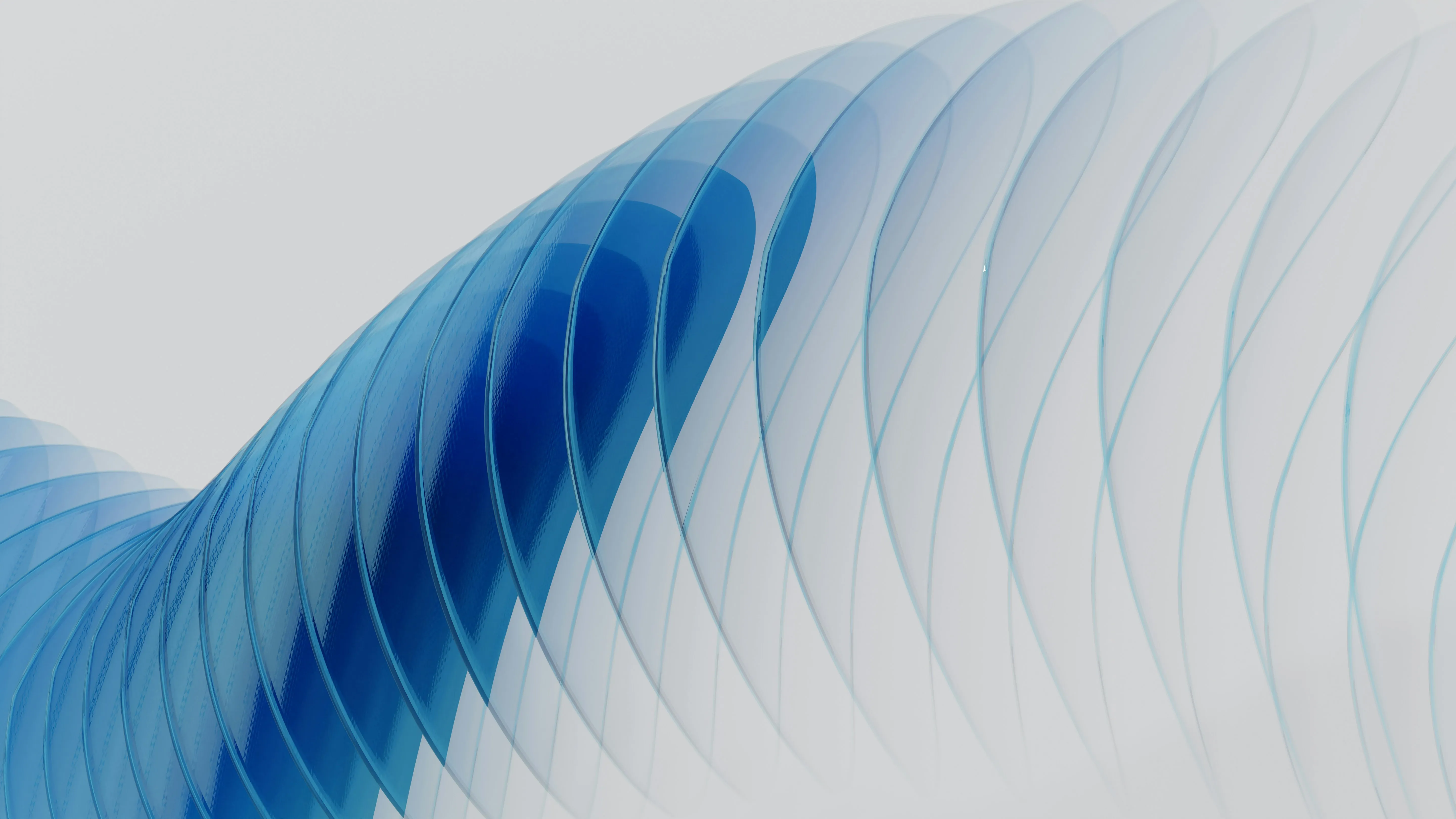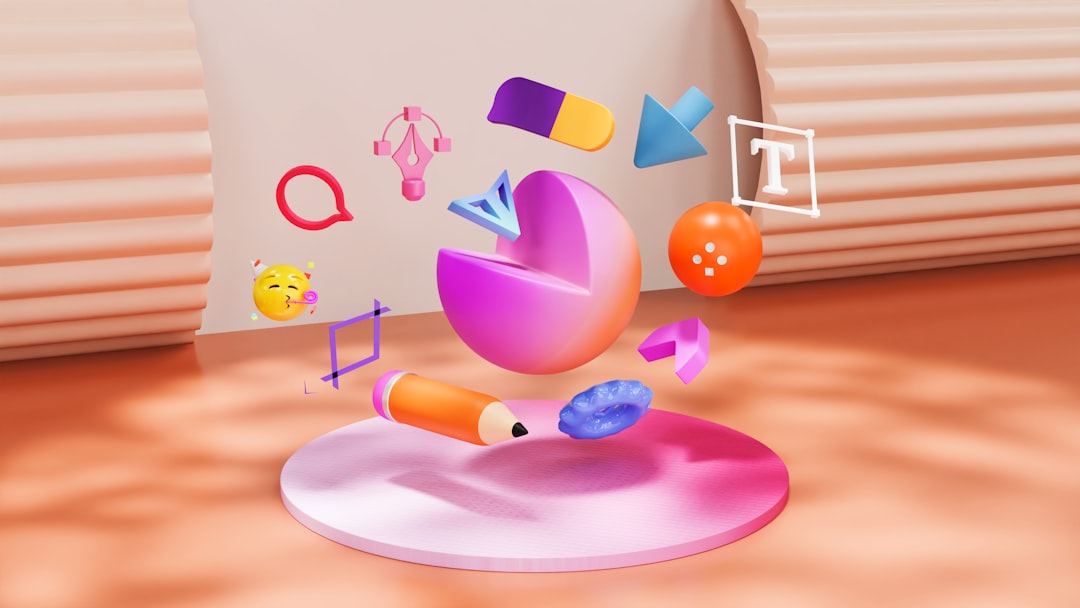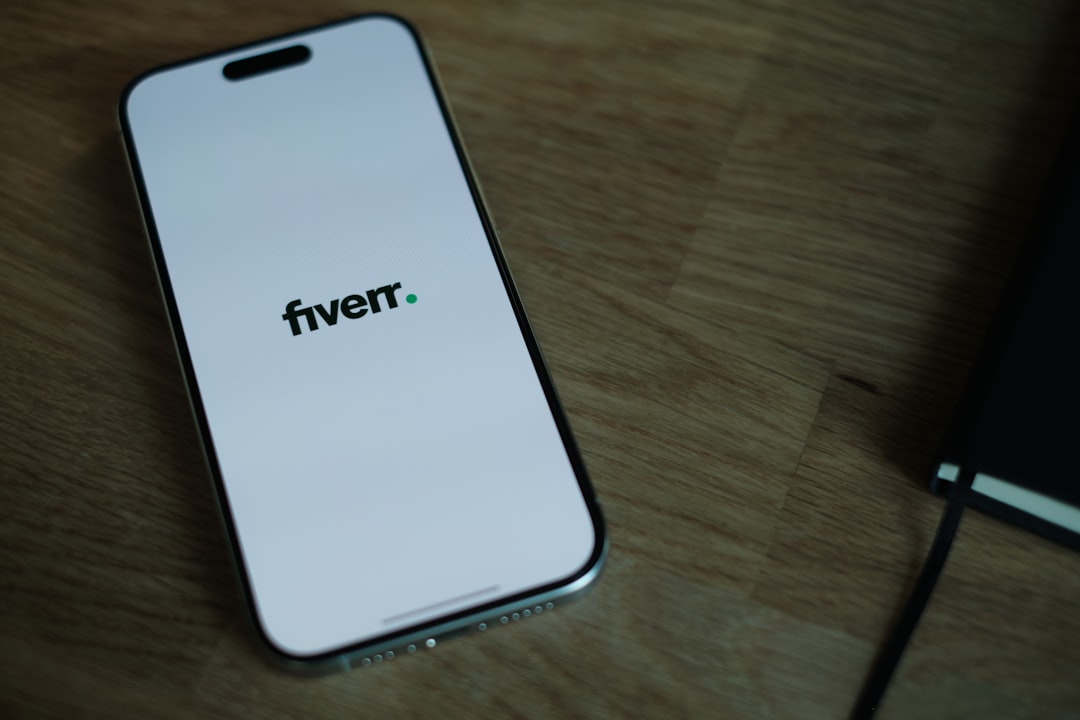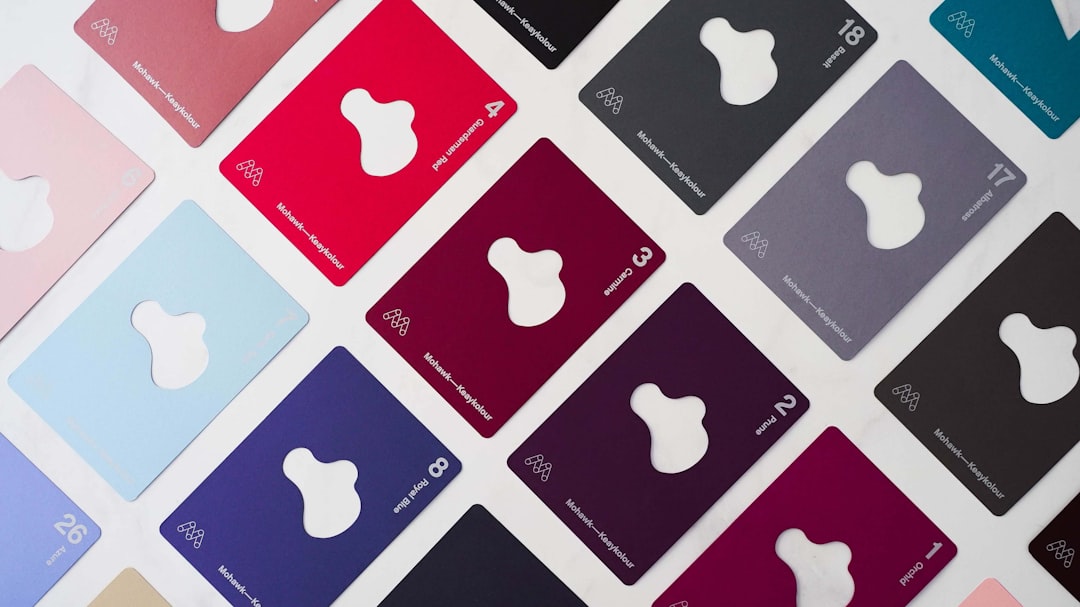Creating a logo with AI: opportunities, risks and tips
Create a logo with AI: Learn the opportunities, risks and important tips about AI-supported logo designs. This is how you use “KI Logo” successfully and professionally.
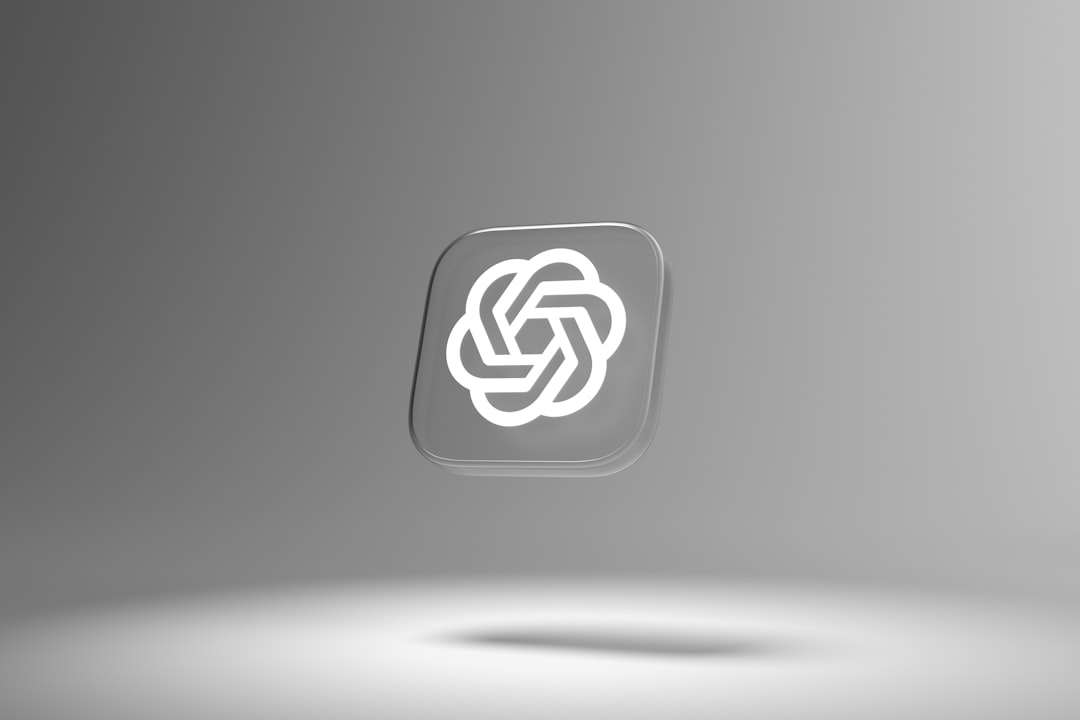
Introduction: What does AI mean in the design process?
Artificial intelligence (AI) is rapidly changing the world of work and is also being used more and more in the creative sector. In the design process, it enables new approaches by automating tasks, supporting creative processes and making design resources more accessible. With AI, we can make complex design decisions that would have previously required long hours of work and tremendous creative energy from humans.
In the context of logo creation, AI opens up numerous opportunities that help us work more efficiently and in a more targeted manner. AI-powered design tools analyze brand values, style preferences, and target groups to generate suggestions for logos that meet these requirements. By using algorithms and machine learning, we can review, change, and optimize designs in real time without having to restart the entire process from scratch.
However, AI not only offers practical benefits, but also challenges us to reassess ethical and qualitative aspects of design. Questions like “Can an AI-created logo be creative enough to emotionally appeal to people?” and “What are the limits of automated design?” play a central role. At the same time, there is the question of how we design collaboration between humans and machines so that both sides can play to their strengths.
The integration of AI into the design process has prompted us to rethink traditional approaches. On the one hand, this creates new productivity potential, but on the other hand, it also creates challenges that we must prepare for. AI is not only a tool, but also a co-creator that offers us the opportunity to redefine creativity and develop innovative brand designs that are based on the needs of the modern world.
How does AI-powered logo design work?
AI-powered logo design is based on advanced artificial intelligence algorithms that analyze graphic patterns, color combinations, and design trends to generate visually appealing results. In doing so, we use specific tools and platforms that have been trained on machine learning methods to understand individual requirements and create tailored designs.
Core principles of AI-powered logo design:
- Analysis of inspirations and templates: AI models sift through countless existing designs to gain helpful inspiration. They recognize patterns, styles and proven design principles that can be applied to creative processes.
- Using text-to-image capabilities: With the help of text prompts, we describe our desired style, brand values or specific design preferences. The AI interprets these inputs and translates them into visual suggestions.
- Automated personalization: Based on our input, the AI creates different versions of a logo. These designs can be made more precise with further adjustments such as color palette, shape or typography.
- Iterative optimization process: Through repeated feedback, we can steer the design process. The AI learns from our feedback and refines the results accordingly.
Benefits of the AI-powered process:
- Speed: Automation significantly reduces the time required for initial design proposals.
- scalability: We are given several alternatives that we can choose from without manually designing every design.
- Cost savings: Compared to hiring a designer individually, this process is often more cost-effective.
This innovative process still requires our creative direction and accuracy to ensure that the final logo is both functional and unique.
Benefits: Cost efficiency and time savings
Using AI tools to create a logo offers numerous benefits, particularly when it comes to cost efficiency and saving time. With technology, we can create professional logos that meet the standards of modern designs without investing significant time or budget.
cost efficiency
- No need for external designers: With AI-driven logo design platforms, the costs of hiring a professional designer are eliminated. This is particularly beneficial for start-ups and small companies, which often have to work with limited budgets.
- Different pricing model options: Many of these tools offer flexible subscriptions or one-time payment options that adapt to various needs and financial options.
- Savings through automation: Instead of manually creating multiple design iterations, the AI takes on this task and saves us money that would otherwise be needed for complex adjustments.
saving time
- Quick design process: With just a few inputs such as company name, color schemes or preferred styles, we can get a finished logo within minutes. This is a significant advantage over the consultation-intensive and time-consuming process involving traditional designers.
- Instant adjustments: AI tools enable us to make changes to the logo directly and assess the effectiveness of the adjustments in real time. There is no need to wait for a designer to make corrections.
- Easy user interface: The intuitive user interface and ready-made templates save us hours of training and allow us to achieve results quickly.
By combining automated design processes and affordable prices, we are able to access professional resources without the typical time or financial hurdles. This not only saves valuable resources, but also gives us the freedom to build our company more efficiently and agilely.
## Benefits: Creativity and adaptability of AI Using artificial intelligence (AI) when creating a logo gives us completely new opportunities to implement our creative visions and work more efficiently. Through algorithms and machine learning, AI manages to recognize patterns and generate designs that are both innovative and appealing. This technology enables us to significantly expand the creative potential of design processes. A key advantage of AI lies in its ability to understand and implement individual requirements and preferences. By using tools based on user data, color palettes, or industry-specific trends, we can create logos that are perfectly tailored to the brand or project. This results in tailored results that can often be achieved faster than with traditional methods. In addition, the adaptability of AI is impressive. We can test various design styles, typographies, and layouts without the limitations of manual work. Another point is speed: AI-based tools analyze data and create suggestions in seconds, which saves us considerable time. This gives us the opportunity to examine several alternatives while maintaining consistently high quality. Another aspect is that AI spews out a wide range of ideas that we as individuals might not even have come up with. In this way, we experience a creative push that inspires us and opens up new paths in design. Last but not least, the underlying technology helps us to specifically integrate brand or industry attributes and develop designs that effectively appeal to the target group. Through this combination of creativity, precision and flexibility, AI opens up completely new dimensions for us in designing logos.
Disadvantages: Limited individuality and originality
When we decide to create a logo using AI technology, we often run into the downside of limited individuality and originality. AI-powered logo generators are usually based on pre-programmed algorithms that have been trained with huge amounts of data. Although this allows for a wide range of design options, the personal creative touch that can make a logo stand out from the crowd is often missing.
Most AI systems offer ready-made design templates that can be customized. But these customization options are often limited. The space for creative freedom can be limited to choices in terms of colors, fonts, and icons. The result is often a logo that resembles similar designs in certain industries or markets. As a result, in some cases, we lose the opportunity to create something truly unique and concise.
Another problem that often occurs is the repeated use of the same styles or patterns. Because AI tools rely on database information and existing designs, there is always the risk of designs overlapping or repetitive. This standardization of aesthetics can be a hindrance for companies that aim for a strong brand identity.
The emotional level of a logo can also be undermined by AI design. A logo designed by people often reflects the company's values and visions in a more personal way. This level of emotional connection and depth can be difficult to replicate with AI-generated logos.
Despite the speed and cost-effectiveness of AI in logo creation, we should always maintain a balance between efficiency and creativity. Especially when creating a strong brand identity, the originality of a logo is essential in order to stand out in the long term and create recognition value.
Disadvantages: Dependence on standard designs
Using AI for logo design offers many innovative options, but it is not without limitations. A key drawback that we should consider is the limited individuality of the generated designs. Since AI often uses ready-made templates and data sets, designs can be created that are heavily based on standard designs and therefore appear less unique.
Lack of creative depth due to pre-made templates
AI-powered logo creation is based on algorithms that analyze and replicate patterns from existing designs. As a result, many of the generated logos follow a similar aesthetic. We can see that innovation and artistic originality are limited in such cases, as the AI works strictly within the given parameters. When we want a design that really stands out from the crowd, such automated systems often reach their limits.
Limited adaptability
Another issue is the limited flexibility that AI offers when it comes to adjustments. While it is certainly possible to change certain elements, such as colors or fonts, the underlying style often remains rigid as it is defined using ready-made design templates. In cases where specific requirements or particularly sophisticated branding are required, we could have difficulty achieving the desired precision.
Comparison with professional graphic designers
Compared to human graphic designers, AI lacks the ability to integrate deeper contextual and cultural aspects into a design. Professional designers often have years of experience and a profound understanding of design trends and target groups who can produce results that are precisely tailored to our individual needs. An AI system can't offer this kind of personal and strategic approach, which can result in designs that appear generic and may be inappropriate for our brand.
Key Considerations
In conclusion, when choosing between logo creation with AI and human designer, the dependence on standard designs is a prominent aspect. We should carefully consider whether the flexibility and quality of the AI-driven logos meet the requirements of our brand or whether an individual, human approach would be the better choice.
Comparison: Human designers vs. AI tools
The decision between human designers and AI-based tools depends on various factors, including budget, time frame, quality, and individuality. In order to make an informed choice, it is worthwhile to carefully consider the strengths and weaknesses of both options.
Benefits of human designers:
- creativity and individuality: Human designers bring unique perspectives and creative approaches that are difficult to copy through algorithms. They can respond to your specific requirements and design custom logos.
- Interactive communication: With designers, we can quickly clarify our ideas and wishes through direct communication without being limited to predefined parameters.
- Experience and expertise: Experienced designers have a deep understanding of brand building and visual aesthetics. They draw on their knowledge to achieve a high-quality result.
Benefits of AI tools:
- Cost effective: AI tools are generally cheaper than hiring a professional designer. This is particularly attractive for start-ups and smaller companies.
- Quick and direct: In just a few minutes, we can create a logo using AI tools, without long waiting times or meetings.
- Diverse options: Many AI tools offer a wide range of templates, shapes, and color palettes that are customizable.
- Easy to use: Even without previous design experience, we can use these tools to achieve results that are impressive.
Comparative limitations:
- Quality and details: Human designers usually deliver higher-quality logos that are specifically tailored to the brand, while AI tools often deliver standardized or less detailed results.
- Limited creativity: AI is currently unable to develop “out-of-the-box” designs or capture profound brand identities.
- Complexity of brand strategy: Human designers are better suited for complex projects that require deeper integration into corporate values.
The choice ultimately depends on the respective priority. With creative expertise, a designer can contribute more to the brand identity in the long term, while AI tools are ideal for quick, easy solutions.
Ethics and copyright in AI logo design
When using artificial intelligence (AI) in logo design, we must address ethical and copyright issues. These two aspects play a decisive role in the acceptance and legality of the designs developed and are essential considerations to avoid legal or moral conflicts.
Ethically speaking, we face the challenge of ensuring that AI designs do not inadvertently reinforce discrimination or stereotypes. As users of AI tools, it remains our responsibility to critically review the generated content. We must ensure that designs respect cultural sensibilities and are inclusive. In addition to aesthetics, the ethical context should always be the focus, especially for global brands that appeal to diverse target groups.
Copyright issues are just as relevant. Many AI systems that create logo designs rely on huge amounts of data, which often include copyrighted works. We must ensure that algorithms do not use or replicate content that could infringe the rights of third parties. Such violations could lead to legal consequences, whether in the form of compensation payments or trademark disputes.
Another dilemma is the question of ownership: Who ultimately owns an AI-generated logo? The legal situation in this regard is still unclear in many countries and varies widely. As designers or entrepreneurs, we should take these uncertainties into account and seek legal advice if necessary.
By taking ethical principles and copyright seriously, we not only ensure the integrity of our work, but also the long-term sustainability and acceptance of AI-powered logo design.
Practical tips: What should you pay attention to when using AI?
When using artificial intelligence to create logos, there are a few important aspects that we should consider to get the best results and avoid potential pitfalls.
1. Clarify objectives and briefing
From the outset, we should clearly define which message the logo should convey and which target group is addressed. A well-thought-out briefing that includes colors, design style, brand values, and preferred symbols helps the AI develop relevant and appropriate designs.
2nd Copyright aspects
Legal protection is a key factor. AI-generated logos may cause copyright issues when the AI accesses protected images or designs. It is important to ensure that we only use software or platforms that make it clear that the content generated is royalty-free and legally harmless.
3rd Manual control and fine-tuning
Despite technology, human judgment remains essential. We should always check whether the generated design is not only aesthetically appealing but also functional and unique. Additional fine-tuning by a designer is often required to make the logo more professional.
4th Platform selection
We must carefully choose which platform we use to create our AI-generated designs. Well-known platforms such as Canva, Logojoy or Looka offer user-friendly interfaces, while specialized tools can provide a greater depth of customization. It's worth researching ahead of time and making comparisons to find the best strategy for our needs.
5th Ethics and transparency
We should critically question which data AI uses and to what extent it complies with ethical standards. Transparency on the part of platform operators regarding data origin and algorithms is essential to ensure that designs do not unintentionally plagiarise or contain discriminatory patterns.
By implementing these points, we ensure that the use of AI to create logos is efficient and responsible.
Conclusion: When is it worthwhile to use AI to create logos?
Using AI to create logos is worthwhile in various scenarios, where specific requirements and options play an important role. If we want to save time and money, AI offers a fast, cost-effective yet effective alternative to traditional design processes. AI-based tools are particularly suitable for start-ups or small companies with a limited budget, as they can create professional-looking logos without the need for large investments in designers or agencies.
Even if we're looking for inspiration or aren't sure what style our logo should be, an AI-based solution can be helpful. Many tools offer the option of generating various suggestions in real time, which we can then adapt. This gives us a creative basis and saves time when brainstorming.
For brands that do not have highly complex design requirements or that focus on a minimalistic approach, AI can also be convincing. She often manages to create simple and effective designs that look modern and are versatile.
However, we should critically consider the use of AI when individuality and uniqueness in branding are decisive. Automatically generated logos can look generic and there is a risk that similar designs may also be used by other companies. In such cases, we should rely on tailor-made solutions to uniquely position our brand.
We can get the most out of AI when we see it as a supporting tool and optimize its results through human creativity and expertise. In this way, we combine efficiency with individuality.
